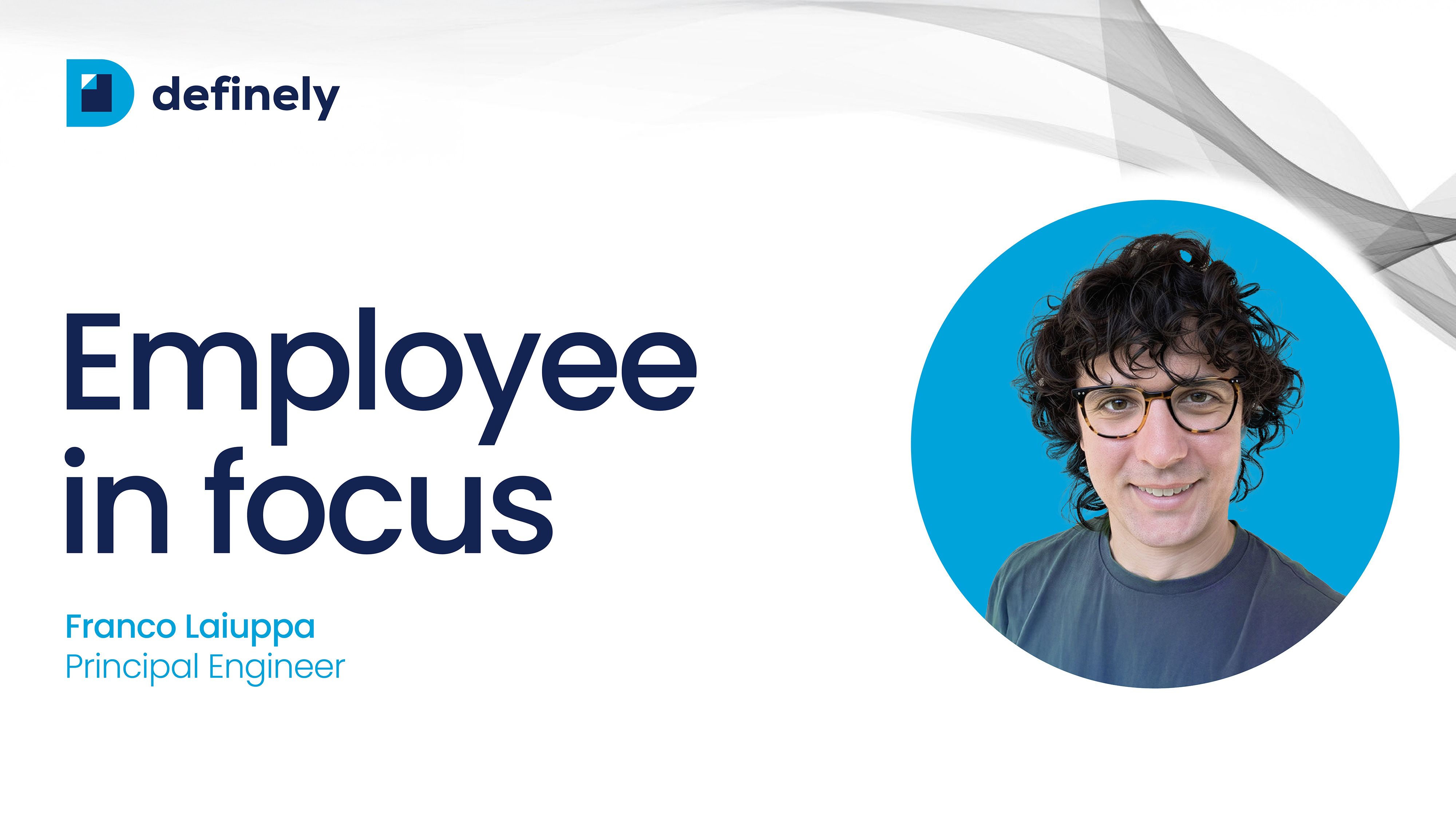One Product, Multiple Workflows
.jpg)
Legal work is evolving. Rising workloads, tighter client demands, and increasingly complex contracts are reshaping how legal teams operate. Many are exploring how AI can help not to replace lawyers, but to support them in adapting to this new pace of work.
Yet, despite the promise of legal AI, many professionals find themselves bogged down by a familiar frustration: tools that promise speed, but disrupt flow.
Switching between platforms. Uploading and re-uploading files. Losing context. Running narrow solutions in parallel. It’s no surprise that lawyers are asking: Why can’t this all just work in one place?
The switching problem
Context is critical in legal work. Every clause, comment and edit is tied to a broader structure, and when tools sit outside that structure, risk increases. AI built for single tasks (like proofreading or clause lookup) often live in separate Word add-ins, workspaces or platforms. The result? More admin, not less.
In the 2025 LexisNexis Legal Tech Trends report, 65% of legal professionals cited “switching between tools” as a major frustration. The report notes: “Nobody wants to waste time jumping from one window to another.”
This reflects a broader trend: legal professionals want technology that fits into their existing workflow, not the other way around. Where there’s opportunity to simplify, firms and legal teams are likely to take it.
From single-job tools to augmenting workflows
Many tools do a single job well, proofreading or clause suggestions for example, but lack the interoperability into the day-to-day workflow. AI “workspaces” that claim to do a wide range of tasks often fall short. They introduce new UIs and environments, and crucially, lack the depth of domain knowledge required to complete complex workflows.
In legal work, precision and accuracy are non-negotiable. When AI tools are divorced from the systems, documents or established workflows lawyers use, they’re more likely to miss critical nuances leading to costly oversights. Similarly, integration with existing systems is necessary for promised efficiency gains and meeting user expectations (State of Legal Tech Adoption).
If AI, or any LegalTech, tools aren’t integrated into the workflows that already exist, then they fundamentally change the workflows rather than supporting them. The workflows aren’t broken - but AI and LegalTech allows them to be optimised in new ways.
At Definely, we've taken a different approach: building interoperable tools that deliver value inside the environment lawyers already use, Microsoft Word, and connecting them through an intelligent agentic system.
Here’s how the tools fit together:
- Draft provides contextual understanding of contracts. It understands document structure and helps users navigate definitions, references, and clause relationships - including across ancillary documents, without leaving the provision they’re working on.
- Vault brings legal knowledge to the surface. It connects with document management systems (DMS) to offer access to approved clauses, gold-standard language, and institutional precedents, ensuring consistency and reducing drafting risk.
- Proof delivers legal-specific proofreading, catching issues like broken cross-references, missing definitions, and formatting irregularities that generic tools often overlook.
- PDF gives you access to key information (cross-references, defined, undefined and unused terms) in your PDF legal document, without ever losing the context of the provision you’re reviewing

Now, with Enhance, these tools work together. Enhance introduces a system of AI agents that use the Definely suite of tools to execute tasks - in Word, in context, with full oversight by the lawyer. Whether it's issue spotting, clause updates, or generating a summary, Enhance orchestrates the right tools at the right time to deliver outputs that are fast, accurate, and explainable.
Accuracy is the cornerstone
For legal professionals, accuracy isn’t just nice to have - it’s essential. A missed definition, overlooked broken cross-reference, or misapplied clause can have real legal consequences. That’s why accuracy has to be a design principle, not an afterthought.
By embedding AI within Word and grounding it in legal logic and structure, Definely’s ecosystem is built to help lawyers produce work they can trust. The interoperable tools maintain fidelity across tasks, while agents operate with full visibility into the document’s structure, ensuring outputs are not just fast, but legally sound. Critically, lawyers remain in control. They can review, approve and act on AI-generated outputs, preserving professional judgment at every step.
Time to value matters
Even the most powerful tool won’t succeed if it takes too long to implement. According to Gartner, “time to value” is now a top factor in LegalTech investment decisions. Solutions that integrate quickly and require minimal training see far higher adoption and renewal rates. McKinsey adds that digital tools delivering measurable value within six months are 3x more likely to be scaled across an organisation.
By operating inside Microsoft Word, Definely minimises change management. There’s no need to switch platforms or manage complex migrations. It simply works within existing workflows so teams can start seeing impact from day one.
What to Look for in Legal AI systems
If you're assessing legal AI solutions, we recommend asking:
- Can it complete end-to-end workflows?
- Is it embedded into your existing tools, like Microsoft Word?
- Does it operate with legal context and accuracy?
- Does it offer auditable, explainable outputs?
- Will it help lawyers stay focused on reasoning and strategy, not admin?
These are the principles guiding everything we build at Definely. Giving lawyers the tools they need to move from document to decision, quickly and confidently.
LegalTech in practice is changing. Not toward more tools, but toward smarter, more connected ones. As AI becomes part of the legal toolkit, the real question is no longer if it should be used, but how it should be integrated to enhance accuracy, efficiency and trust.


.png)